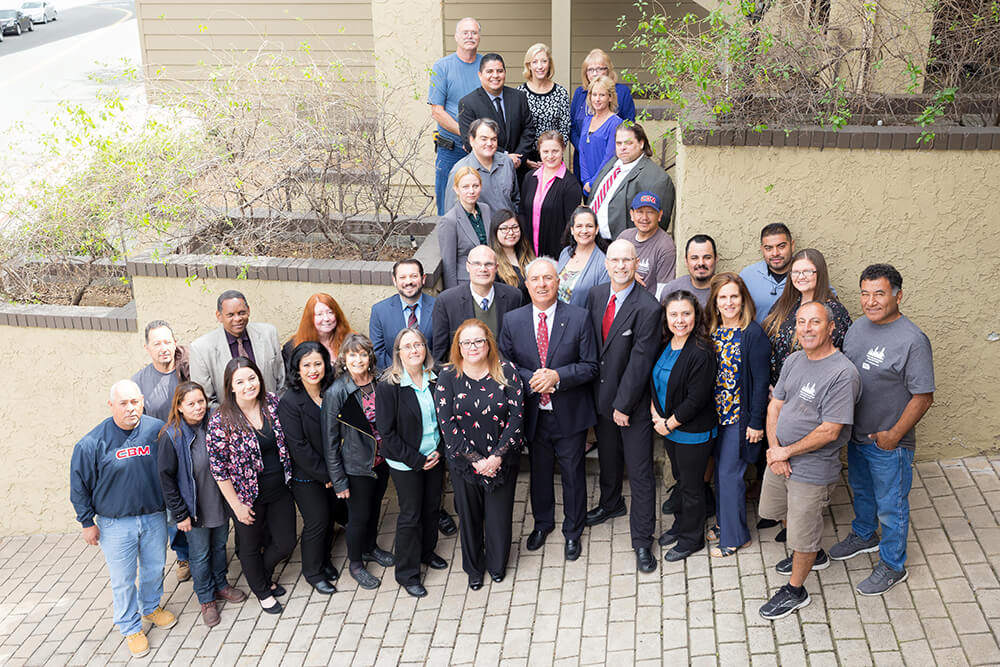These are uncertain times. First things first, you will be able to continue to use our services without any interruptions. We know how important digital communication is becoming during this pandemic, and we are doing everything in our power to keep things running smoothly. Thankfully, we have (and always have) invested in online technology and […]
Get a FREE Management Proposal


